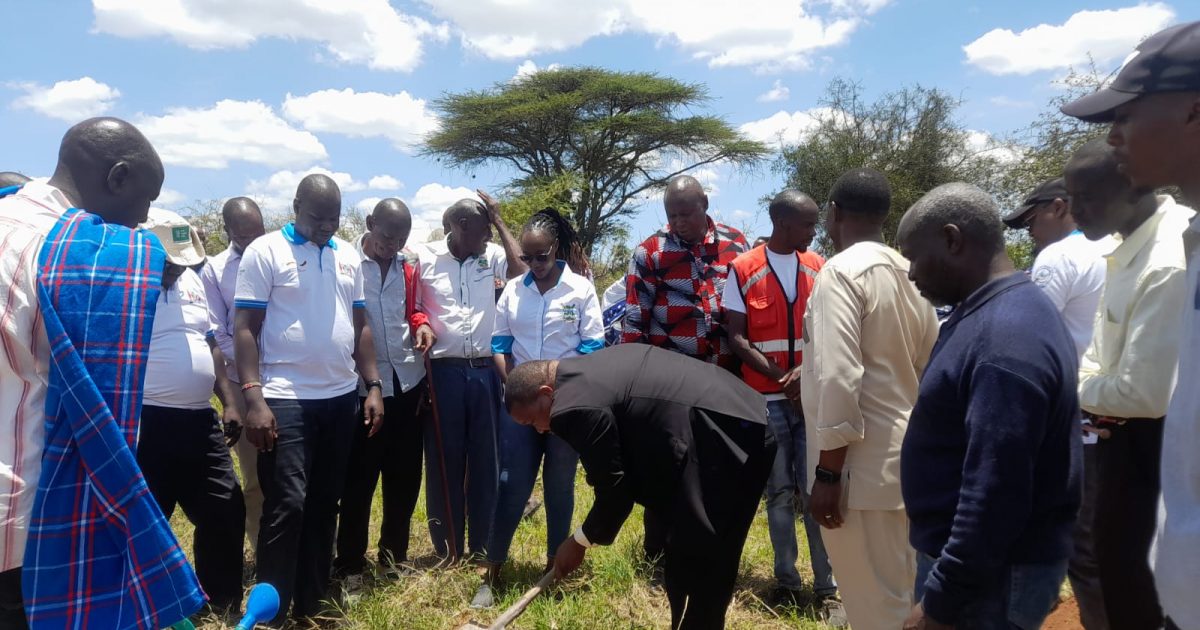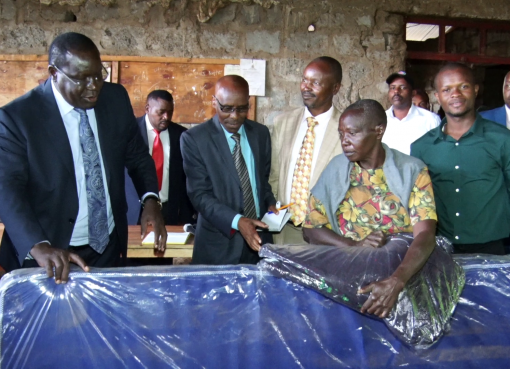Kajiado County Government and 30 NGOs have urged residents to plant trees, stop sand harvesting, and charcoal burning to protect their water sources
County Executive Committee Member for Water, Environment, Natural Resources and Climate Change Dr. Leina Mpoke, revealed that, the county is working towards a policy that will see the reduction of sand harvesting and charcoal burning.
“We encourage our people to take care of the available water springs and sources as water is life. They should stop cutting trees and burning charcoal, sand harvesting should decrease. In our county we have put policies that will ensure sand harvesting and charcoal burning has reduced”, Mpoke said.
World Serve International Director, David Kangethe urged the residents to promote water for peace. In his speech he pointed out that if the residents and the partners involved choose to take care of the available water sources peace will reign among the communities.
“The water sector must work together to promote peace and prevent conflict. Continued tree cutting without replacement could lead to borehole drying, so trapping water during rainy seasons is crucial.”, said Kangethe.
Kangethe also warned NGOs who start water projects and abandoning them with no one to take good care of them. “NGOs often start new projects, but may abandon one without proper maintenance. It’s crucial to address issues like burst water tanks to prevent future issues”, added Kangethe.
Jane Nyamwamu from Neighbours Alliance Initiative (NIA), retaliated Kangethe’s sentiments saying, “NGOs and county governments have initiated water projects, but management and governance remain challenges. It is crucial to ensure proper care for continued project benefits”, echoed Nyamwamu.
In the spirit of marking world water day, Kajiado residents were encouraged to each plant a tree at their various water sources as it will come in handy during drought and rainy season, they were advised to plant next to their water sources for restoration.
By Seline Nyangere and Gillian Miresi





